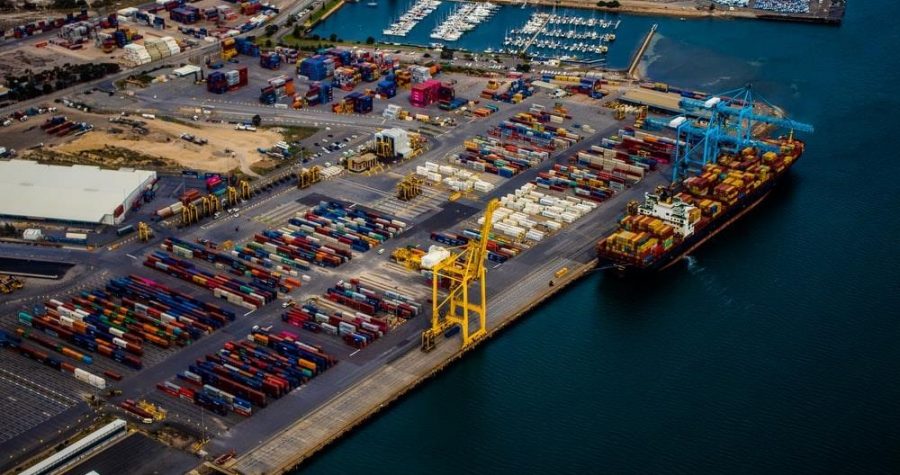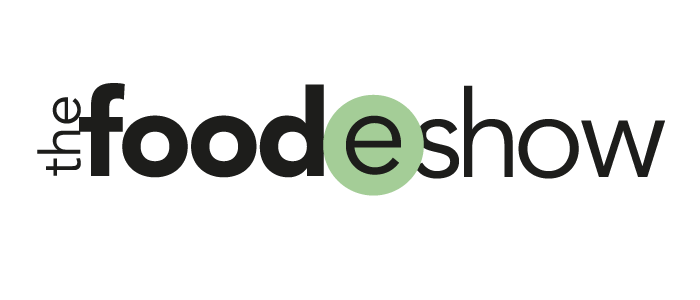George Bailey: Senior executive, and advisor
Tell us about yourself
My name is George Bailey and I am a Senior Fellow for the Center for Global Enterprise and serve on multiple company Advisory Boards. . I have a lot of experience helping companies align the way that they operate with their strategy. The last 12 months have been spent helping companies get their supply chains focused on the customer and digitized their processes. This helps all companies, maybe especially food companies, create rewarding experience for their customers and a resilient supply chain that can keep things working even in a crisis.
How would describe your professional career?
I started out in general management consulting, became a senior executive at IBM, was the global Chief Transformation Officer for Sony, set up the Digital Supply Chain Institute and act on the Advisory Board for Lockheed Martin. I also teach a graduate class at Pepperdine University.
Can you tell us about a time where you encountered a business challenge?
The Chairman of Lufthansa German Airlines asked me to improve the global flight catering business. I won’t go into the details, but the operations around preparing and serving food to passengers around the world is not simple!
Which supporting skills do you think are most important when it comes to leadership?
There are two skills that are most important. The first is to be able to listen to the customer and figure out what would delight them. This is a skill based on innovation, creativity and customer sense. The second is to operationalize required changes. This skill is based on disciplined execution, attention to detail, and boldness.
What steps do you take to make sure that projects are completed on time, on budget, and to the proper standard?
Monitor everything that matters to the customer and the CFO. Trust and verify the work of the team. Measure and report.
What are you passionate about?
My number one thing is getting operations tuned up to meet customer and shareholder needs.
Where do you see yourself in five years?
In 5 years I will still be helping companies get aligned with the New Customer. The customer that has different needs than we even new about 5 years ago. The pandemic accelerated this change.
How do you see the food industry?
The Food Industry performs miracles. The world’s vast supply of food products are somehow produced and distributed in a way that works exceptionally well.
The foodeshow in 2 words
Sharing/Transforming
Your advice to the foodeshow community
Learn from the pandemic and be prepared for the next difficult challenge. Start by knowing your customer, and in some cases your customer’s customer, better than everyone else. Then make sure that your operations deliver exactly what the customer wants.







Recent Comments